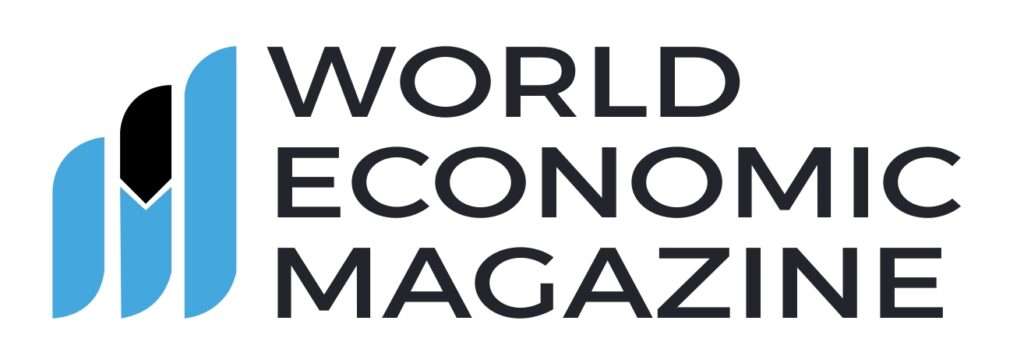
Global Trade Tensions and Market Volatility: Impact on Currencies, Oil, and Inflation
President Trump has imposed a series of tariffs, including 25% on imports from Mexico and most Canadian goods, along with a 10% tariff on Chinese imports. Chinese oil demand remains under pressure. These measures, effective Tuesday, were enacted through three executive orders. Canada swiftly retaliated, announcing 25% tariffs on $155 billion worth of U.S. goods—$30 billion starting immediately and $125 billion within 21 days.
ATFX Global Chief Market Analyst Nick Twidale warned that these tariffs could negatively impact the CAD, MXN, and CNH currencies while increasing overall market risk. The continued escalation of trade disputes is expected to fuel global market volatility and disrupt international trade patterns.
Currency Volatility and Market Response
The trade war’s impact on currency markets was immediate:
- China’s offshore yuan fell to a record low of 7.3765.
- The U.S. dollar surged to a 20-year high against the Canadian dollar and gained over 2% against the Mexican peso.
- JPMorgan estimated that if U.S. tariffs on Mexico rise to 25%, the peso could depreciate by as much as 12%.
- The euro dropped more than 1%, hitting a two-year low.
Equities and riskier assets could also face a sell-off if tariffs remain a long-term factor. Morgan Stanley forecasts sector-specific declines, while Evercore ISI notes that the S&P 500 could swing between 3% to 5% due to market uncertainty.
Economic Impact: Inflation and Growth at Risk
Barclays strategists previously projected that Trump‘s tariffs on China alone could result in a 2.8% decline in S&P 500 earnings, even with potential retaliatory actions. Additionally, the executive order grants Trump flexibility to escalate tariffs further if other nations retaliate.
Goldman Sachs economists estimate that tariffs on Canada and Mexico could:
- Push core inflation up by 0.7%.
- Reduce U.S. GDP by 0.4%.
In a Sunday note, Goldman Sachs suggested these tariffs would likely be temporary but acknowledged short-term economic disruptions. While some analysts fear inflationary pressures, the overall impact on long-term trade policy remains uncertain.
Inflation Pressures and Central Bank Reactions
The White House has outlined potential conditions for removing tariffs, but the economic consequences remain unclear. Investors are concerned about rising consumer prices, which could reignite inflation and halt the Federal Reserve’s rate-cutting cycle.
European Central Bank policymaker Klaas Knot noted that tariffs could drive inflation higher while weakening the euro. Paul Ashworth of Capital Economics warned that prolonged inflationary pressures might delay further Fed rate cuts, possibly closing the window for monetary easing over the next 12 to 18 months.
Wall Street remains on edge as trade tensions threaten market stability, increasing concerns among traders and investors.
Oil Markets React to Trade and Economic Uncertainty
Oil prices have also felt the impact of trade tensions:
- Brent crude futures rose by $0.41 (0.53%) to settle at $77.49 per barrel.
- U.S. West Texas Intermediate (WTI) crude climbed by $0.60 (0.82%) to settle at $73.77 per barrel.
After hitting their lowest levels since early January, both Brent and WTI recovered slightly on Tuesday. The White House reaffirmed its commitment to the tariff plan, with a 25% duty on Canadian and Mexican imports set to take effect on Saturday, while further tariffs on China remain under consideration.
Phil Flynn of Price Futures Group noted that Trump’s tariff announcements have kept markets on edge. With energy trade along U.S. borders potentially disrupted, concerns about supply chain stability persist. Although a brief recovery was seen in oil prices, demand fears—especially from China—continue to act as a restraint on further gains.
Libyan Oil Disruptions and Global Supply Risks
Last week, armed protesters temporarily blocked loadings at Es Sider and Ras Lanuf terminals, disrupting Libya’s daily oil exports of 450,000 barrels. However, Libya’s National Oil Corporation (NOC) quickly eased the crisis, confirming that exports had resumed after negotiations.
UBS commodities analyst Giovanni Staunovo remarked that while markets initially reacted to the potential supply disruption, the risk premium quickly faded once normal operations resumed.
However, Chinese oil demand remains under pressure due to:
- U.S. sanctions on Russia’s oil trade.
- Shandong Port Group’s ban on U.S.-sanctioned tankers, which could cut Shandong refinery supply by 1 million barrels per day.
- Reports from Reuters indicating that independent Chinese refineries are suspending operations due to new tariff and tax policies, worsening financial losses.
These factors create additional uncertainty in the global oil market, making price adjustments challenging as supply chain dynamics shift.
Weather Conditions and Inventory Trends Add to Oil Market Volatility
Further influencing oil prices are forecasts of warmer-than-normal temperatures in the U.S. next week. This could weaken demand for heating fuels, such as natural gas and diesel, which had seen increased consumption due to recent cold weather.
Additionally, the American Petroleum Institute (API) reported a 2.86 million barrel increase in U.S. crude inventories last week. If confirmed by the Energy Information Administration (EIA) on Wednesday, this could reinforce concerns of an oversupplied market, further pressuring oil prices.
Panmure Liberum analyst Ashley Kelty noted that while traders are closely monitoring U.S. policies on tariffs and sanctions, uncertainty surrounding supply and demand continues to cloud the oil market outlook.
Market Outlook: Navigating an Era of Economic Uncertainty
As global markets grapple with ongoing trade tensions, tariff policies, and economic uncertainty, investors remain cautious. With significant volatility in currency markets, oil prices, and inflation expectations, businesses and traders must stay agile in adapting to shifting market conditions.
Will the markets stabilize, or are we entering a new era of prolonged financial turbulence? Only time will tell, but for now, vigilance and strategic planning are key for navigating these uncertain times.






